Exposition House Tells
Vecpilsētas Street 14, Jelgava, Latvia, year 2022
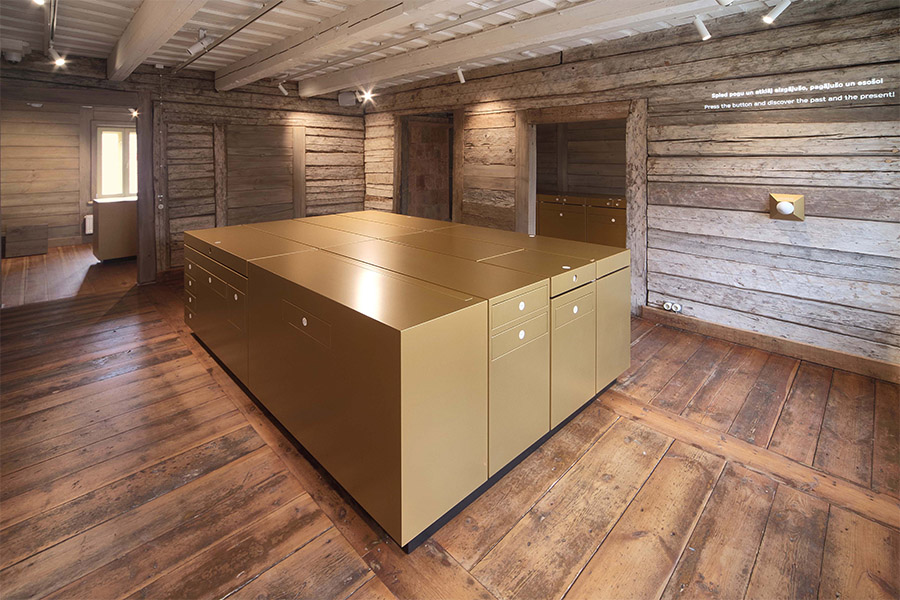
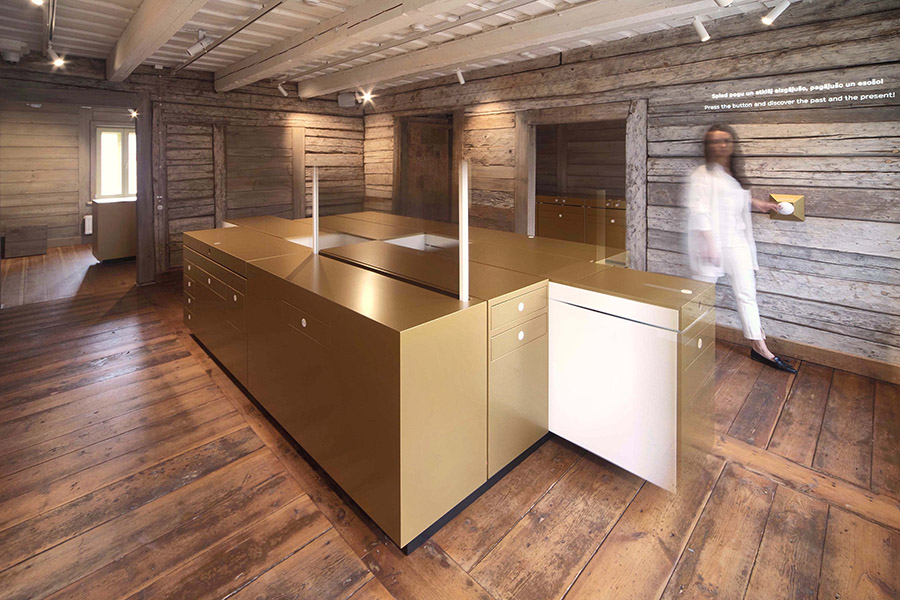
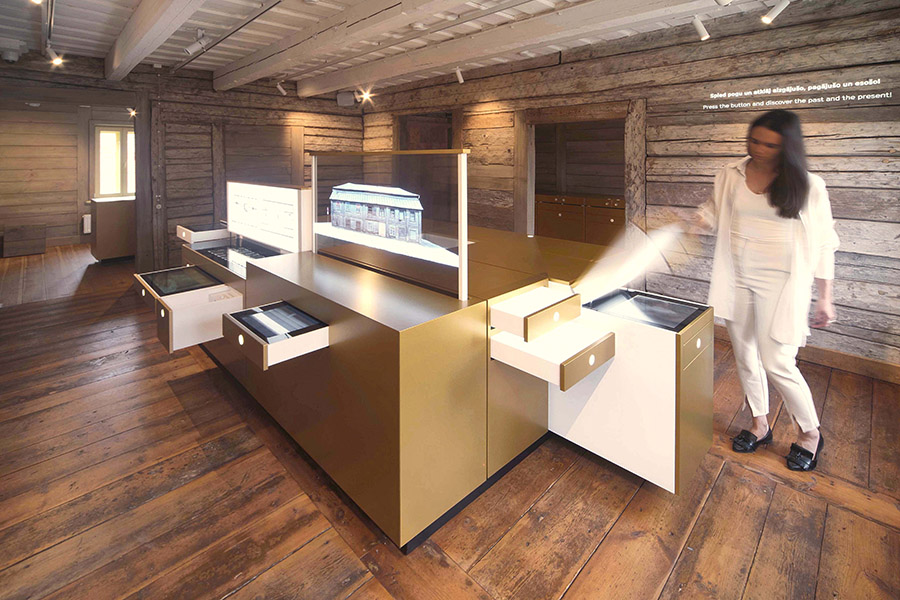
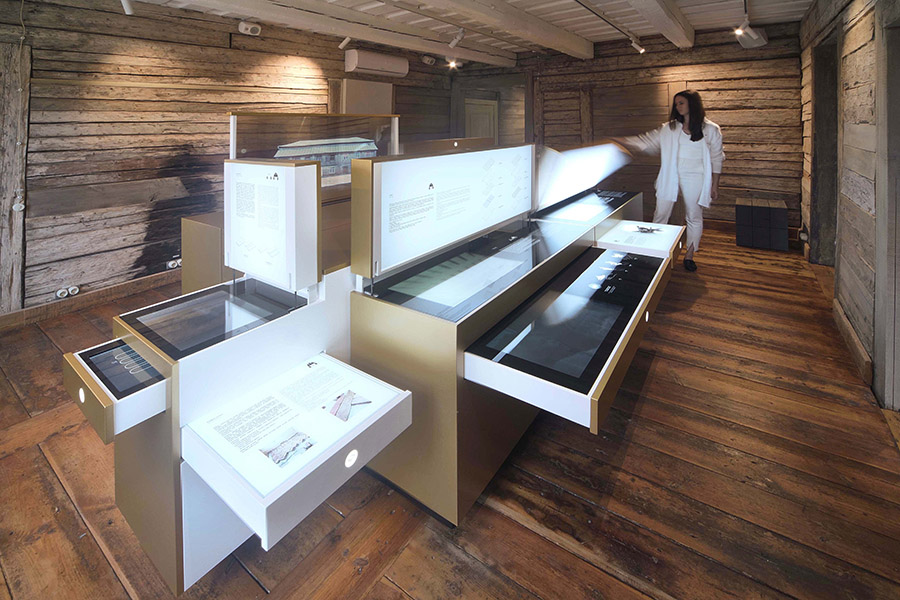
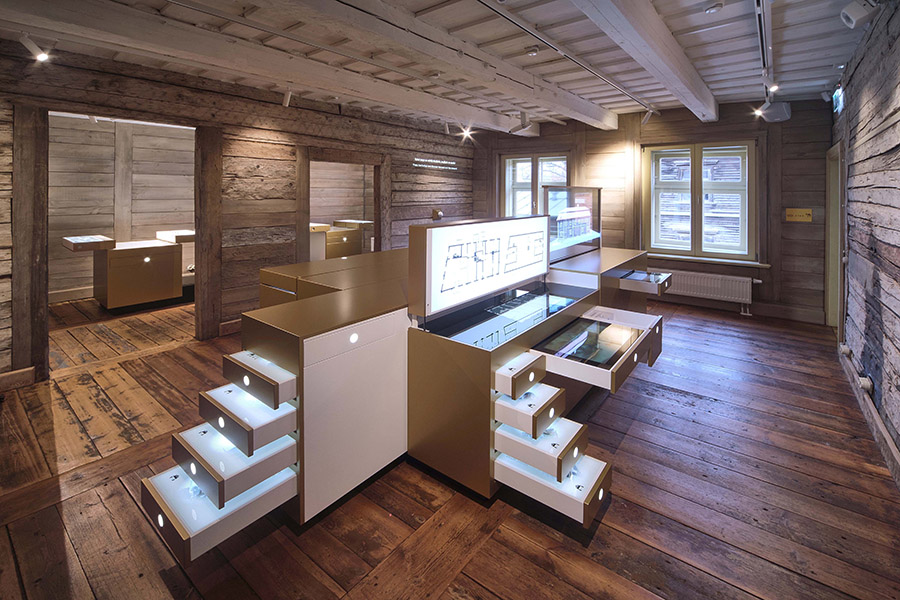
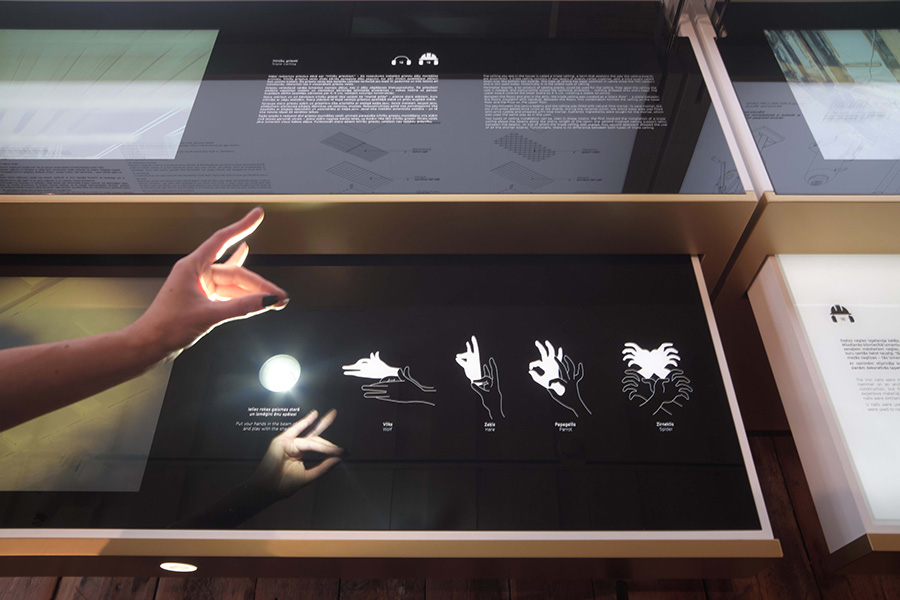
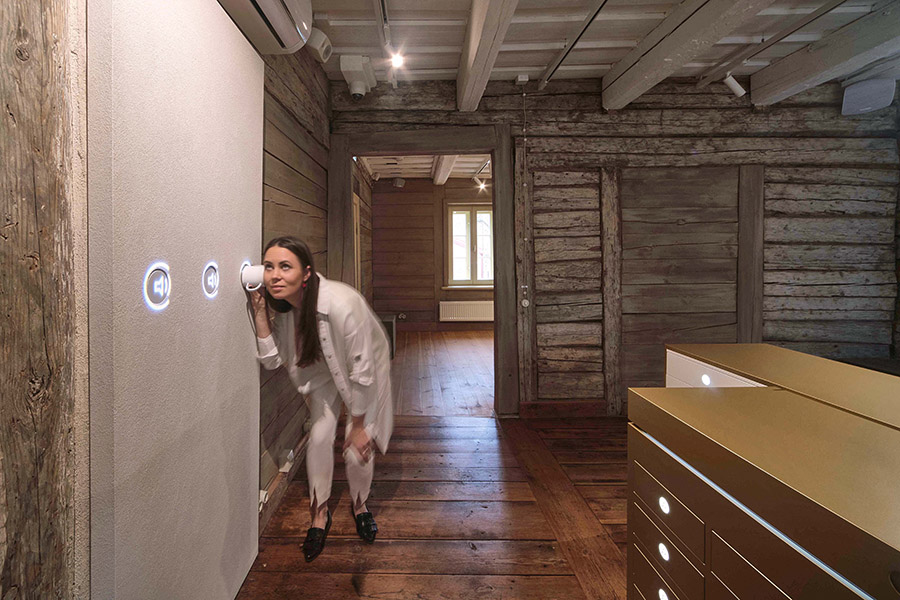
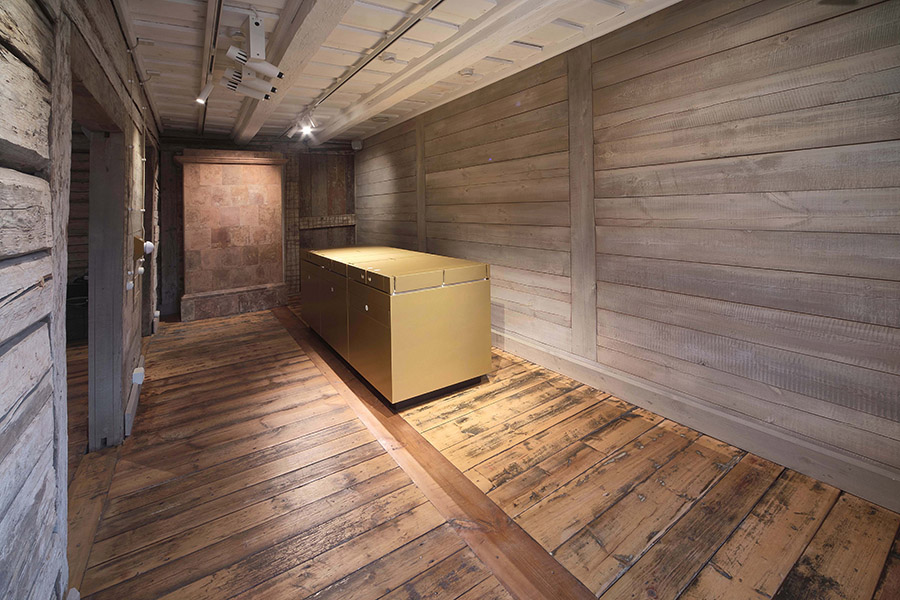
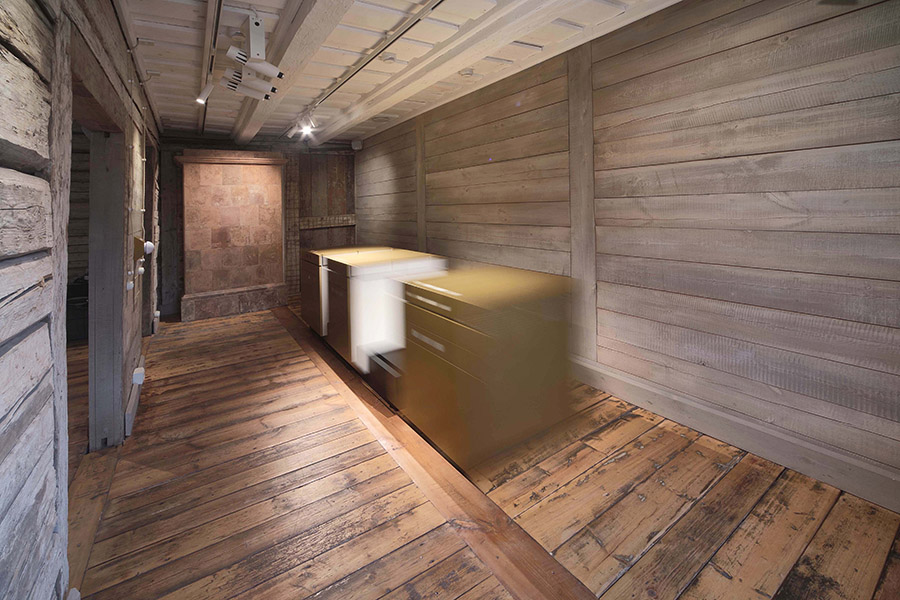
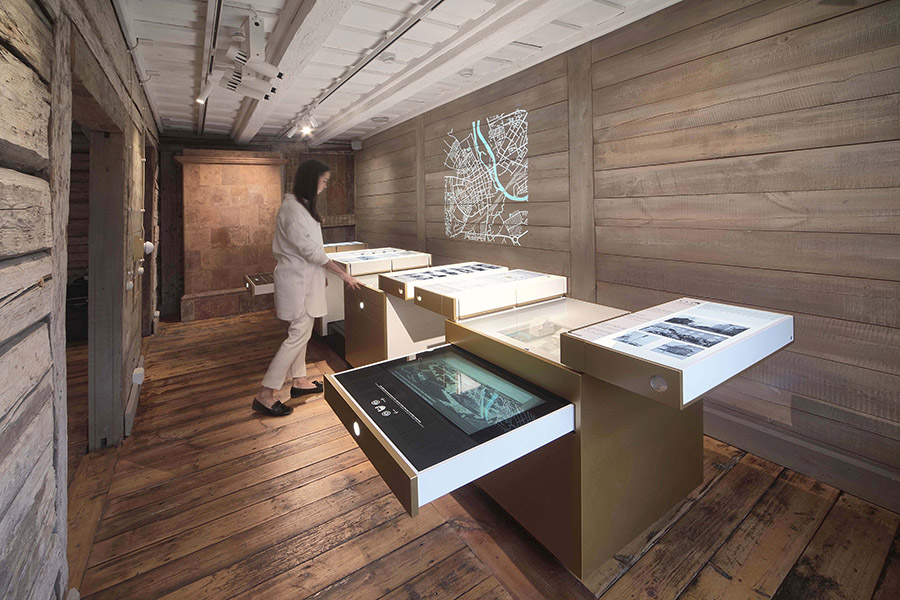
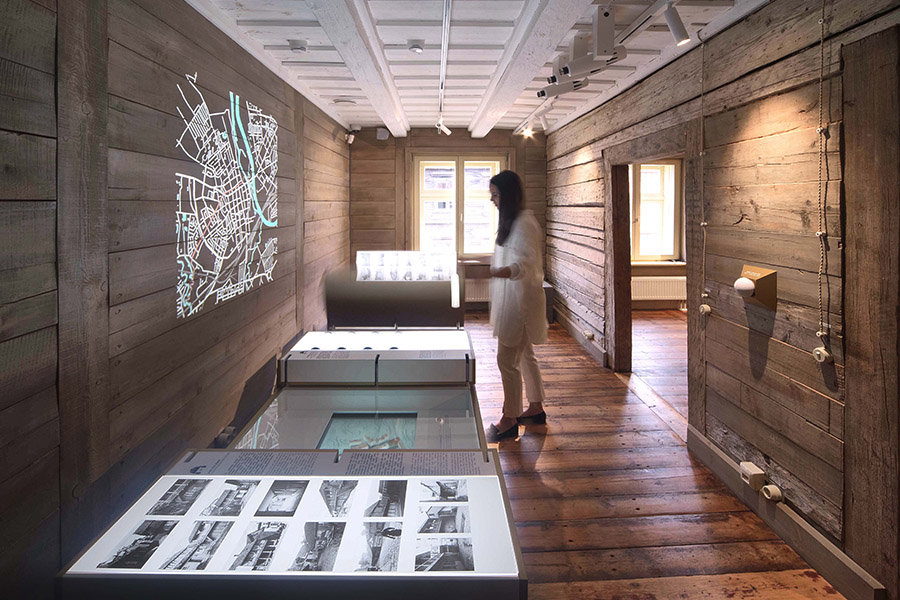
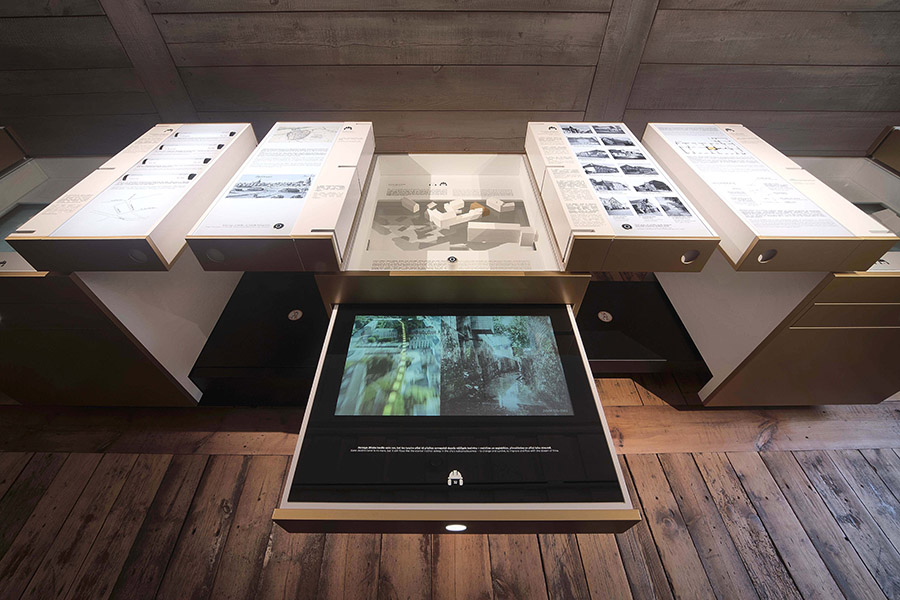
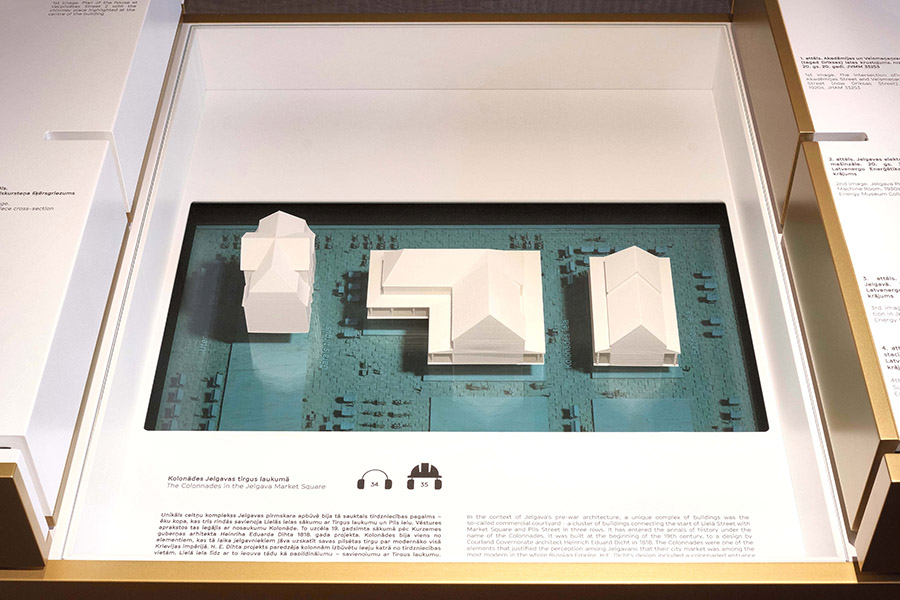
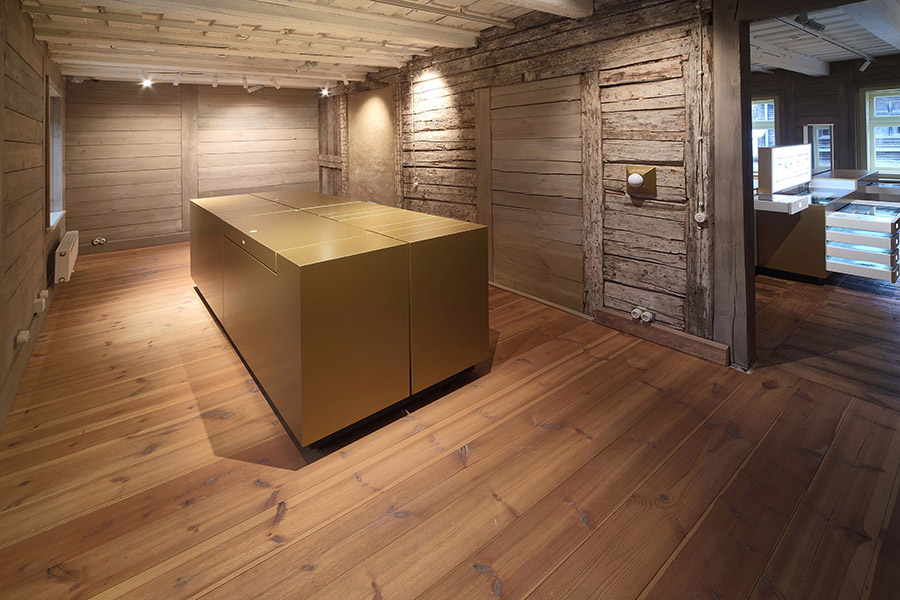
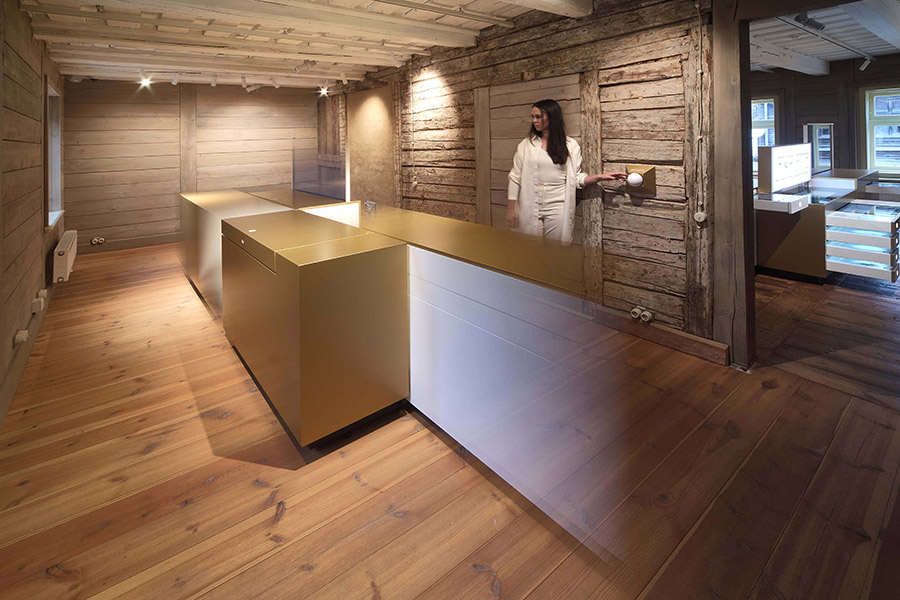
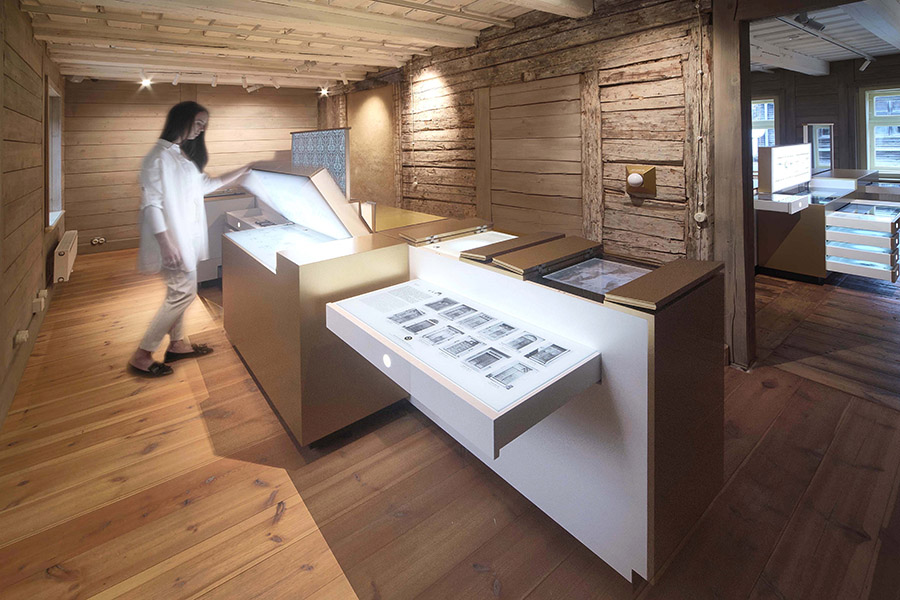
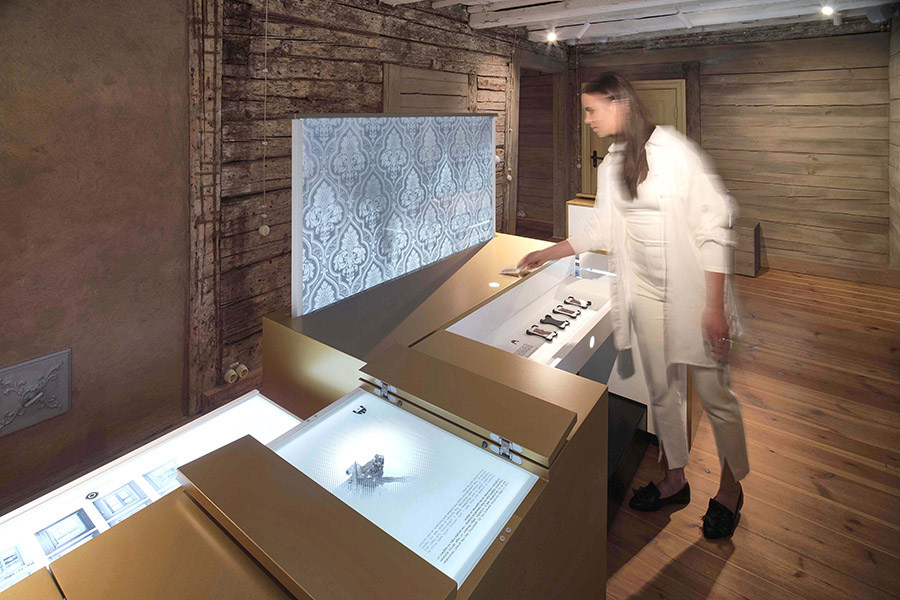
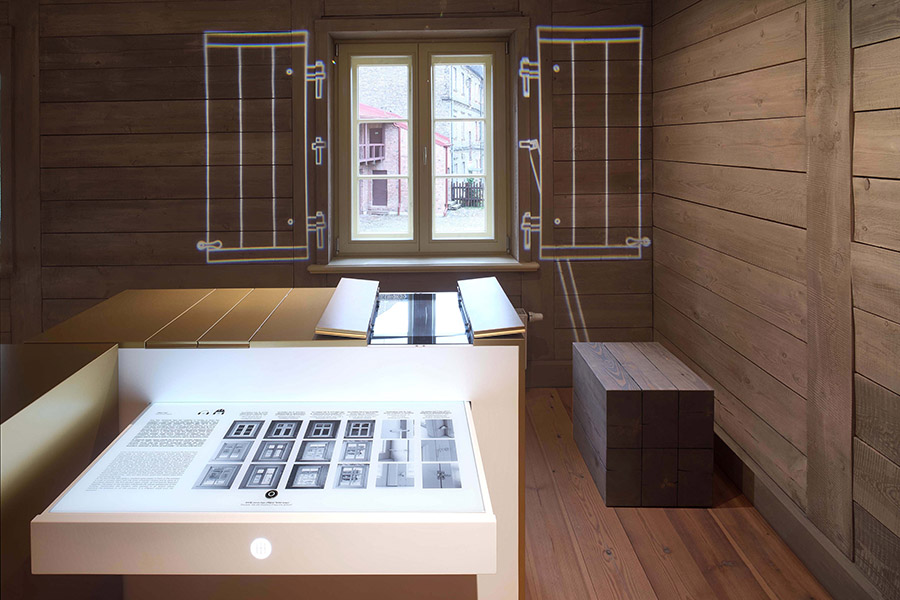
The exposition at Vecpilsētas Street 14 is based on the theme “House Tells”. The House, as a woman, guides visitors through the exposition and tells them about her life. Since the main rooms of exposition are in a historic apartment, information about the history, reconstruction and restoration of the House is communicated to visitors through everyday sounds and visual messages about the household of the time. There are three “story chests” in three rooms, each containing different information about wooden architecture – the city, building and details. Visitors can explore the contents of the chests interactively by opening their various parts (drawers, lids, etc.). The more drawers the visitor opens, the more in-depth knowledge they can learn about each exposition theme. The exhibits are spatial objects freely placed in the centre of the room, thus respecting the historical heritage of the building and rejecting invasive solutions. The content of the exposition is created with the help of various information transfer tools.
Through headphones, a portable audio guide “accompanies” visitors through the exposition, giving various messages. It is a woman’s voice that tells the story of wooden Jelgava and the particular house. This technique allows to personalise the story of the House while also conveying technical information about the restoration to various target audiences of visitors in an engaging manner.
The audio story continues in other rooms as well, allowing to learn about various more important aspects of the interior of the House that are not covered in the exposition. When looking at individual information boards, which have extended information in the audio guide, visitor can hear about such parts of the building as the oldest wall of the House (fachwerk), which has turned from an external wall into an internal wall; the ancient basement of the House unearthed during the construction works; the different patterns of the House’s brick floors; the reed ceiling construction of the House; wall plaster with drawings; the importance of the attic in House construction and roofing.
The screens depict domestic scenes from the apartment in various historical eras, filmed as artistic interpretations for this exposition. The mentioned scenes provide information about the historical parts of the building, allowing visitors to imagine how people lived there at various times.
Artefacts discovered during the restoration and reconstruction of the building are integrated into the exposition, not as a separate section of the archaeological research, but as additional interactive learning materials on appropriate topics.
By listening to the sounds, visitors can experience the domestic atmosphere of the apartment exposition. The sound installation in the premises generates noises that the residents had most likely heard on a daily basis. For example, the clinking of dishes in the kitchen, passers-by singing through the window, a child crying and so on. Visitor can place a glass against one of the walls with a projection and listen to the conversations of the neighbours.
Some exhibits, such as the story of the restoration and reconstruction of the House, are created using the three-dimensional virtual modelling technique to allow visitors to learn about the technological aspects of restoration.
In some exposition areas, light projections are used to depict the story of Jelgava and the House. The wooden surfaces created during the reconstruction (external walls, bricked-up doorway) were chosen for them, since they are relatively flat and suitable for displaying graphic images. For example, when talking about duke Jacob’s canal or rampart, the map of Jelgava is projected on the exterior wall of the building, while door image is projected on the boards of the covered doorway, providing additional insight to the historical development of entrance doors of Jelgava wooden buildings.
Individual stories about Jelgava’s wooden architecture were created as “living models”. Screens beneath the miniature market square and courtyard of the block allow you to observe everyday scenes from above and better understand historical facts.
Light boxes are used to display static information (photos and texts). They are stored in exhibit drawers, which can be accessed by visitors who wish to learn more about the exhibits.
DJA - concept and design
Didzis Jaunzems, Justīne Kate Hesse, Ksenija Sapega, Helēna Laura Bindermane
SOLAVI - technologies and management
Dāvis Ozoliņš, Ints Bērziņš, Anda Zemīte, Kārlis Mūrnieks, Aldis Rozenštrauhs
Putnu studjia - multimedia
Roberts Rubīns, Linda Āboliņa
OVERLY - programming
Ainārs Kļaviņš, Sanda Krūma, Madars Pujats, Niklāvs Laicāns
YES WE CAN - production and installation
Raivo Mužiks, Jānis Rūsiņš, Māris Jozefs, Mārtiņš Bērziņš, Mareks Cimans, Jānis Miķelsons
Jānis Šiliņš - historian
Matīss Gricmanis - text author
Sigvards Kļava, Sig.Ma Studio - sound design
Jelgava Regional Tourism Centre – content
Photographer: Ēriks Božis






